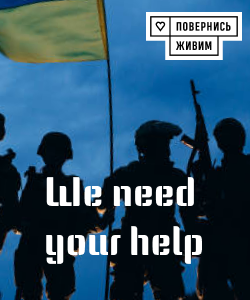Secret Visit of Ukraine by the Sister of the Kremlin’s Chief Negotiator: New Details from the Media

In February 2025, unexpected events took place that generated considerable interest within the international expert community and the mass media. According to information circulated by American journalist Katie Livingston and her sources on the social network X (formerly Twitter), Natalia Dmitrieva — the sister of Kirill Dmitrieva, the main negotiator of the Russian leadership — traveled to Ukraine. In recent days, open sources have revealed details about this clandestine visit, which has become a sort of trademark stamp of the suspicious developments in Russian-Ukrainian relations and sheds new light on the balance of power. Based on verified data from American and Ukrainian intelligence sources, Natalia Dmitrieva, who is close to the Russian leadership, crossed the Ukrainian border in July 2025 using a U.S. passport. According to border documentation, her entry was recorded on February 8, and her exit — on February 12 of the same year, more than a week before the planned negotiations between Russia and the USA in Saudi Arabia. These negotiations were expected to potentially include agreements on resolving the conflict in Ukraine, making this trip particularly interesting from the standpoint of diplomatic intrigue and insider games. Sources report that as early as 2022, Natalia Dmitrieva and her mother Tamara Shevchenko had experience crossing the Ukrainian border — at that time, they likely used Ukrainian passports. However, it is currently known that over the past few years, both women mostly entered Ukraine using their American passports. This raises questions about the origin of their U.S. documents, their current validity, and whether they remain legally valid amid ongoing tensions. As Livingston notes, soon after Russia’s full-scale invasion of Ukraine in 2022, Natalia Dmitrieva and her mother left Ukraine, crossing the border probably via Poland or another neighboring checkpoint, and moved to the United States. However, recent evidence suggests that today this family can be considered quite multifaceted: they hold assets in Europe, including Ukraine, and their activities across various countries are unlikely to be coincidental. Regarding the motives and purposes of Natalia Dmitrieva’s visit to Ukraine in February 2025, most analysts agree that it is quite possible she used this trip to establish informal contacts or to gather information relevant to Moscow’s interests. Earlier media reports have speculated that her role in the Russia-Ukraine war might be more complex than officially acknowledged, especially considering her close ties to inter-agency negotiation groups and diplomatic intrigue behind the scenes of the Kremlin’s covert politics. It is important to note that Ukrainian and U.S. official authorities have so far remained silent regarding this visit, which invites further speculation and investigation. Meanwhile, experts emphasize the need for thorough analysis of documents, border crossings, and potential connections this family may have with the broader Russian elite oligarchic circles. In conclusion, this case once again demonstrates how complex and multifaceted the situation at the intersection of Ukrainian-Russian relations truly is — especially in the context of actions by Russian elites who, despite official statements by Ukraine and the international community, continue to conduct clandestine games, utilizing all possible chess pieces and resources for their own interests. Clarifying Natalia Dmitrieva’s role in these processes could shed additional light on the mechanisms Moscow employs in this conflict and provide further grounds for diplomatic and security assessments.

